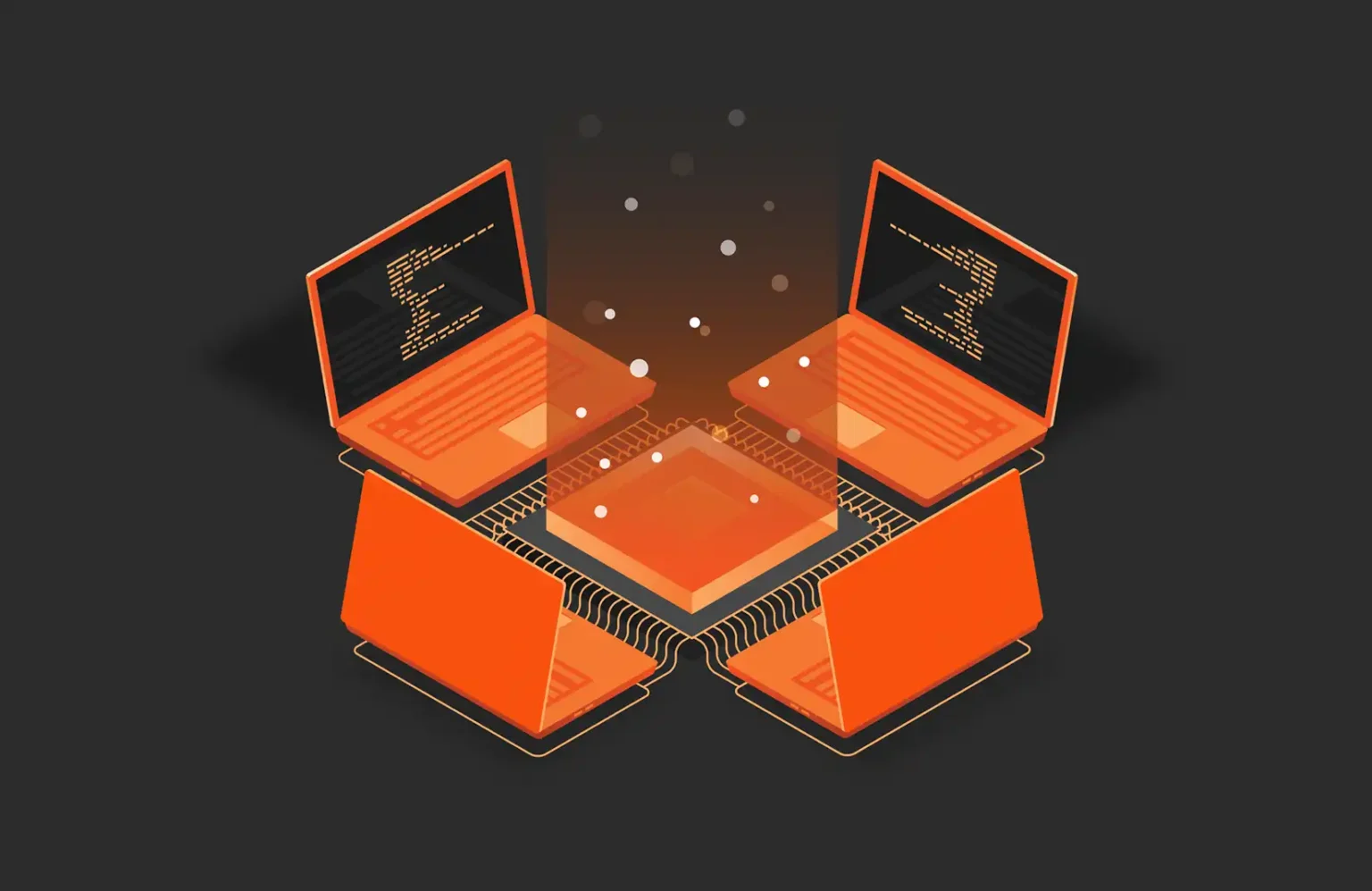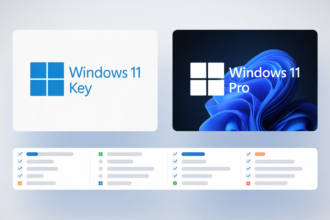Digital loads have increased exponentially in most industries, and faster and more efficient processing capability will be needed. The complexity and scale of data has forced more and more complicated work to be performed with the aid of sophisticated computer systems rather than general computers that previously served these purposes. This transformation has seen most of the professionals looking into alternatives of renting the services of a GPU server rather than using the local hardware exclusively. The trend is indicative of a single, broader trend which is the movement toward more flexible and scalable computing solutions that can be adapted to changing project requirements.
The Reason GPU Servers are Relevant in the Contemporary Workflow.
Graphics processing unit is an electronics part structured to compute large amounts of calculations concurrently and is therefore in a category of its own as compared to conventional processors. Whereas CPUs receive sequential instructions, GPUs are better with parallel computing. The ability has been extremely handy in areas that behave on repetitive and intensive data activities. Once people rent the appearance of the GPU servers, they have an opportunity to boost such procedures as the statistical modelling, data analysis, and visual calculation. The significance of GPUs is constantly growing as workflows are becoming more data intensive.
Currently, applications that utilize the benefits of acceleration by GPUs are varied as discussed in the following sections.
One of the most obvious ways that GPUs can change productivity is machine learning. The process of training algorithms necessitates repetitive mathematical processes, which may consume a lot of time in typical equipment. Using the option of renting the capacity of the server to the GPU, the user will be able to shorten training time, test more variations, and work with larger sets of data. Outside the field of artificial intelligence, uses of GPU computing include scientific studies, weather forecasting, medical imaging, architecture and animation. The novel requires speed and precision; as such, the high-performance processing is a critical element of their operation.
Leasing vs. buying Hardware.
Acquisition of specialised hardware is quite costly and carries a maintenance liability. Powerful machines need to be cooled, powered, updated, and occupied. These commitments might not be feasible in organisations that have a changing workload. Renting can be an option whereby it becomes temporary only when required. This will enable the users to lease some sources of GPU servers during peak hours without incurring the long-term costs. It also does not face the problem that hardware is becoming obsolete as technology keeps on developing too fast.
Scalability and Flexibility to various project sizes.
Processing does not always run equally in computing. Other projects can be associated with temporary testing on a short-term basis, and some need constant availability in the long term. The ability to scale up or scale down means that the user can match the resources to their particular needs. The teams that rent GPU server environments are free to add capacity at high demand stages and lose it when work is finished. This flexibility enables efficiency particularly to research groups, startups and independent developers who have within their framework annual budgets.
Improving Redundancy of Setup-Time by Preconfigured Environments.
The other advantage of using external computing resources is the readiness of ready-to-use software environments. Installation of machine learning structures, libraries and drivers may be a time consuming activity. Ready-made systems can be used in the prevention of delays as the user is able to get at work as soon as possible. This comes in handy especially to those that are willing to experiment with GPU based computing and hence are not required to go through the lengthy installation procedures. When individuals are renting the seamless access of GPU servers with pre-arranged settings, they do not have to stress on system optimization; instead, they can emphasize testing, modelling, and analysis.
Information in Remote Computing.
With an increasing number of tasks being carried out by the use of remote infrastructure, the process of data management is a significant factor. To confirm appropriate use of information, users tend to determine the best way in which information is stored, transferred and accessed. The performance can be affected by factors like latency, geographic location, resource allocation among others. Knowing such factors will enable a person to select computing environments that will meet operational objectives. To a good number of people the process of opting to rent GPU server capacity will entail performance requirements weighed against common sense with respect to data management.
Peering into Traditions of the Future of Computing.
The need for advanced processing grows with the growth of artificial intelligence and data-centric technologies. High-performance computing isn’t exclusive to large institutions anymore and users are increasingly looking into the flexibility of it. Renting a GPU is an easy approach to innovation facilitation without ownership. With the proliferation of digital workflows in industries, the renting ability of the GPU server resources is bound to have a larger role in the support of experimentation, research, and development in a variety of fields.

















